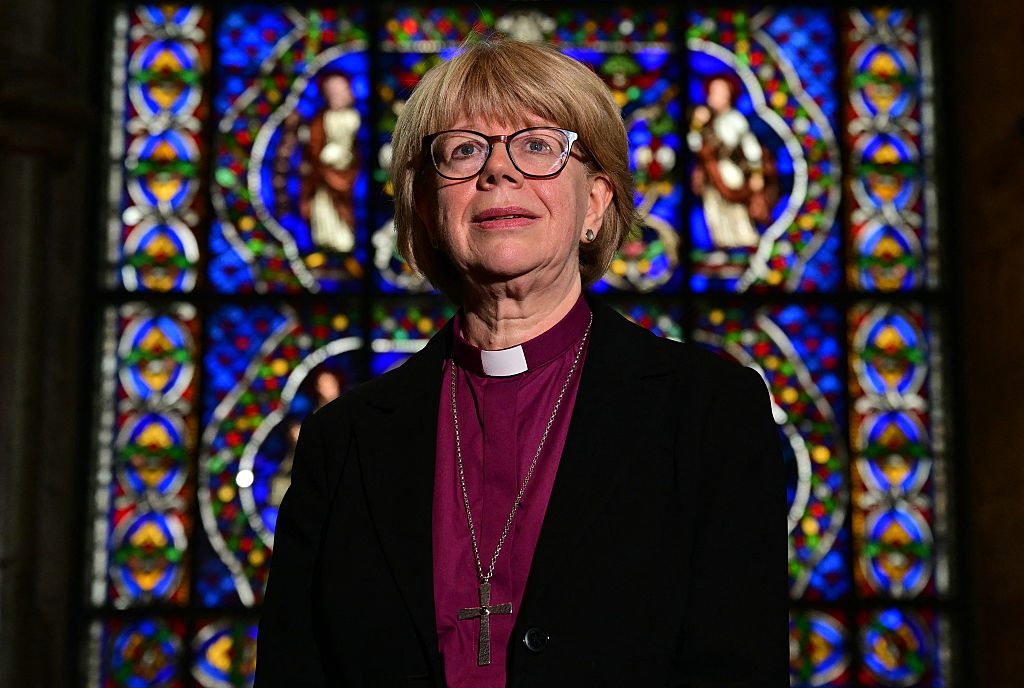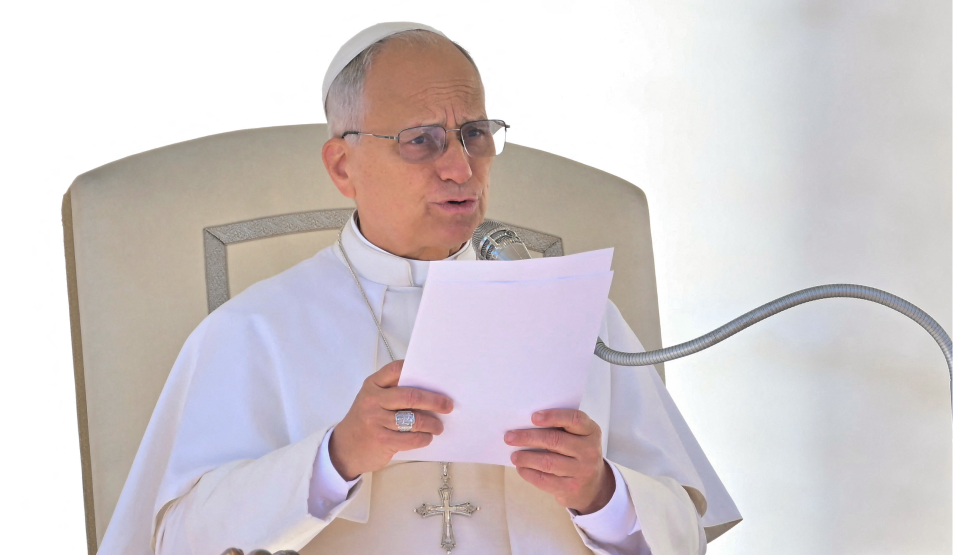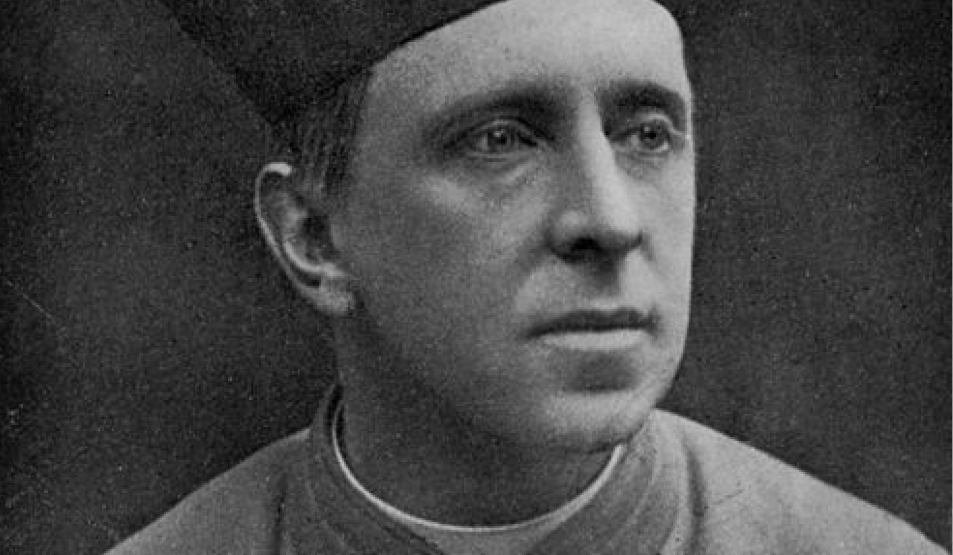The Church of England announced on 3 October that Dame Sarah Mullally, Bishop of London, had been named the Archbishop of Canterbury-designate. This will make her, according to the CofE and most of the media, the first female Archbishop of Canterbury and the 106th person to hold the title.
Much has been, and will continue to be, written about all the positive things that Rt Rev Mullaly has achieved in her time in ministry. It is certainly clear from listening to her speaking in Synod over the last few years that she cares deeply about her role, about the CofE and about people.
Known for being progressive, particularly on the introduction of same-sex blessings, she will also likely receive flak from the remaining conservative elements in the CofE, and so her job is an unenviable one, to which we should be sympathetic and supportive, given that she now must try to unify a fractured Church.
Unfortunately, however, the appointment of a progressive woman as archbishop will likely only divide the CofE further, and it will be difficult for her to keep it together – in this regard, even as Catholics, we must pray for her. If she does manage to create unity though, this may be enough for her to be remembered well by history.
Despite her positive attributes and personal sacrifices, though, the elephant in the Catholic sacristy remains as to whether a woman can even become a priest, let alone an archbishop. This is an important question, but in this instance it is not for Catholics to say what the CofE should and shouldn’t permit with regards its own leadership.
But something we have every right to care about as Catholics, though, is whether she actually is the 106th Archbishop of Canterbury.
The first Archbishop of Canterbury was St Augustine of Canterbury in 597AD, who brought Christianity to Kent on the orders of St Pope Gregory the Great. The legend goes that Gregory had felt moved to evangelise our island after joking with some Angles (English) that they were “angels”. From reading the letters of Gregory that follow the English mission, it is clear that his care for England continued for the rest of his life.
St Bede, writing centuries later, quite notably recorded the Augustinian mission almost entirely through the letters of Pope Gregory, and not through Augustine’s own words or actions. Bede paints Augustine as initially a relatively cowardly figure, who only succeeded thanks to the guidance and prayers of Pope Gregory.
What does this tell us about the position of Archbishop of Canterbury then?
Well, it tells us that from the outset, the link between the archbishopric and Rome is inseparable. The authority of the Church in England, and particularly its Seat in Canterbury, is inextricably linked to the authority which came from the papacy.
A millennia later, during the early years of the Reformation, the Archbishop of Canterbury was Thomas Cranmer. He had been validly ordained in the Roman Rite before his break with Rome under Henry VIII, and so remained a valid, although schismatic, archbishop. However, under Edward VI, the form and intention for consecration was changed to the Edwardine Ordinal, making it invalid.
Under the Catholic Queen Mary, Cranmer’s successor Reginald Pole was validly ordained in the Roman Rite since Catholicism had been reintroduced. However, he was to be the last Catholic Archbishop of Canterbury.
When Mary was executed and Elizabeth I became Queen, she replaced Archbishop Reginald Pole with the Anglican Matthew Parker. Parker was consecrated archbishop in 1559 using the invalid Edwardine Ordinal, and therefore, from a Catholic perspective, was not archbishop.
The view that Anglican clergy ordained or consecrated under the Edwardine Ordinal had invalid orders, was most clearly expressed by Pope Leo XIII in 1896 in his encyclical, Apostolicae Curae. He clearly stated that, since the use of the Edwardine Ordinal, Anglican orders and their sacramental efficaciousness had been “null and void”, and that – notably for our purposes – they had broken continuity with apostolic succession. Whilst this damaged Anglo-Catholic relations at the time, Pope Leo was right.
Ordination, consecration and the ability to administer the sacraments lies solely in the hands of the successors of the Apostles. By changing the ordinal and breaking with the successor of Peter, the CofE rejected priestly and sacramental validity.
As for the Seat of Canterbury, this has therefore been vacant since Pole’s removal in 1558. As such, to call any Anglican consecrated to the position, “the Archbishop of Canterbury”, is to ignore the schism.
Many recent articles have stated that the seat in which Dame Sarah Mullally now sits goes back to the time of Augustine – that she is his successor. But sadly, this is not the case. Whilst Mullally may be an impressive person, for Catholics, the Seat of Canterbury has been sede vacante since 1559.
Catholics can congratulate Mullally on becoming the 36th Anglican Archbishop, but we cannot accept that she is the 106th Archbishop of Canterbury, since this is to reject Apostolicae Curae and the history of the position.
And the history matters.
Too often since the Reformation, Catholic history has been re-written to make it look evil and superstitious. And whilst I do not think calling her the 106th Archbishop has malicious intent behind it, it does highlight the CofE’s misunderstanding of its own history.
The CofE cannot have its cake and eat it too. Either it is still in continuity with the Catholic Church, and therefore must renounce its schism and return to the Roman Rite; or, it is a Protestant Church which has rejected Catholicism, and therefore cannot continue to claim pre-Reformation history as its own.
As a former Anglican I care deeply about the CofE, and I have seen it do tremendous amounts of good in local communities. But it cannot continue to claim a lineage that goes back before the Reformation unless it returns to Rome.
Therefore, I congratulate Dame Sarah Mullally on her appointment – not as the 106th Archbishop of Canterbury but as the 36th Anglican Archbishop of Canterbury.
RELATED: The strange death of Protestantism
Photo: Britain's new Archbishop of Canterbury-designate, Sarah Mullally, poses for a photograph in The Corona Chapel at Canterbury Cathedral following the announcement of her appointment, Canterbury, England, 3 October 2025. (Photo by BEN STANSALL/AFP via Getty Images.)
Thomas Casemore teaches Religious Studies and is pursuing a master’s degree in divinity, researching St Bede and early British ecclesiastical history and spirituality.











.jpg)
.jpg)



